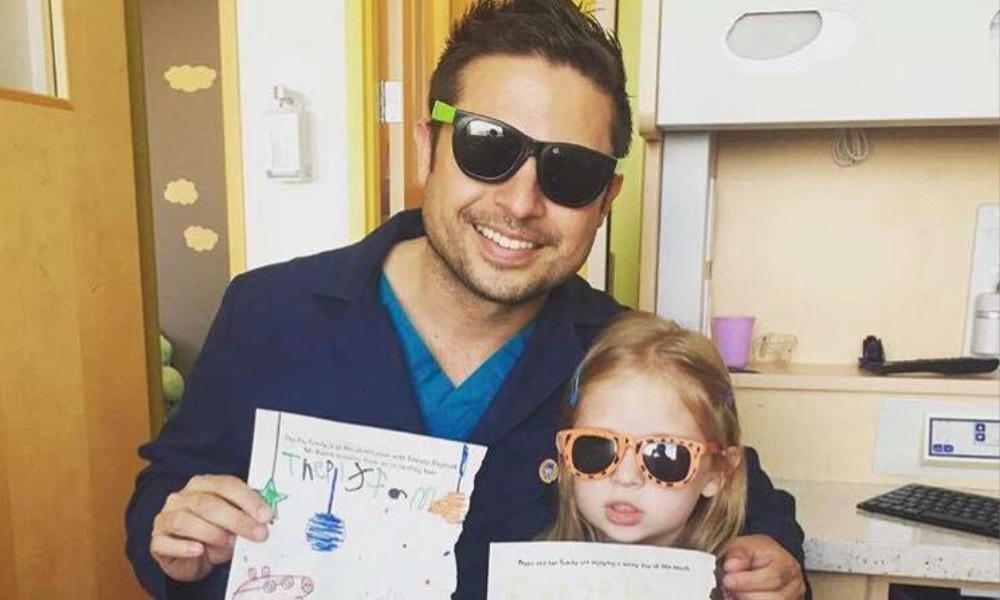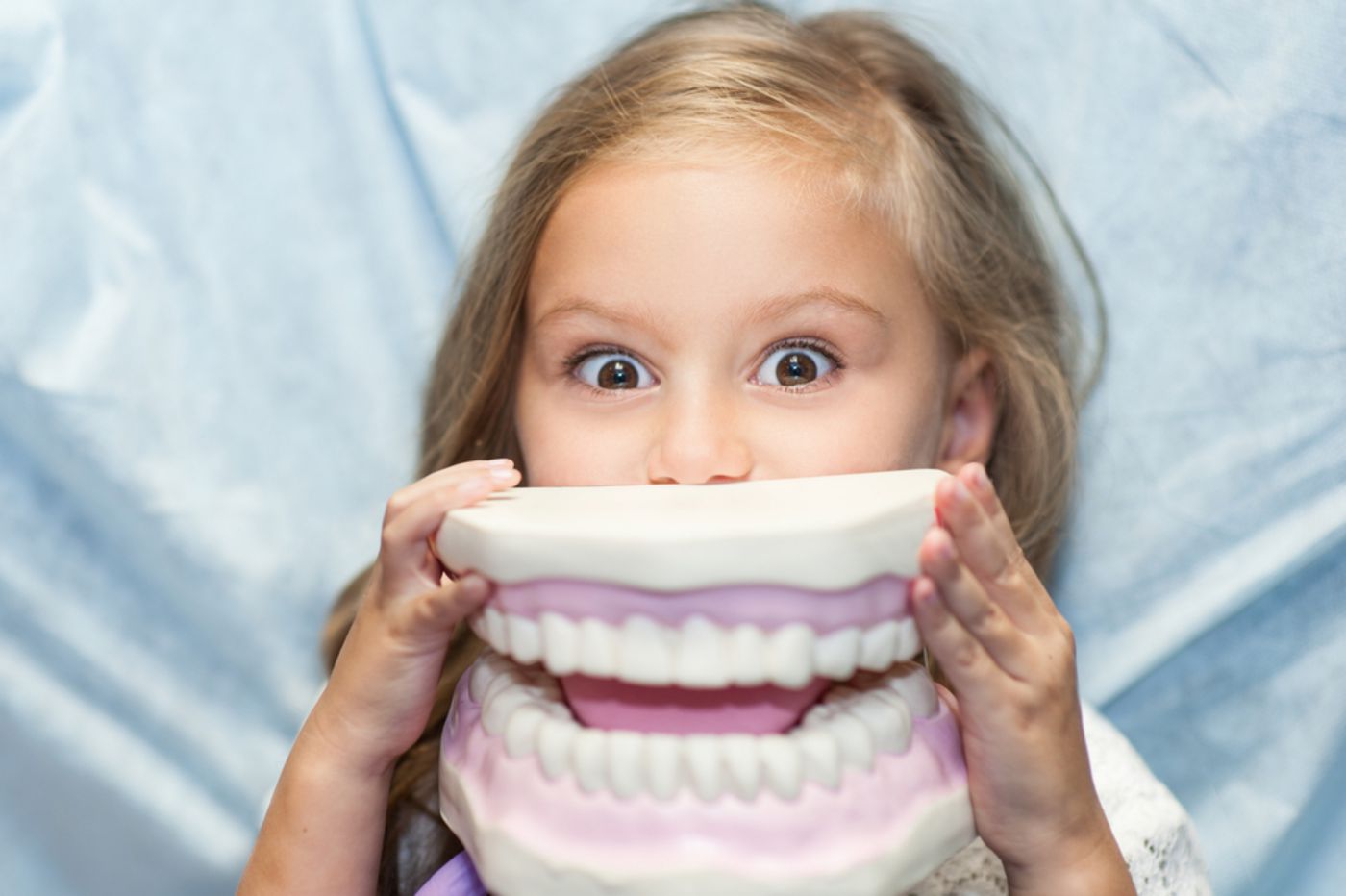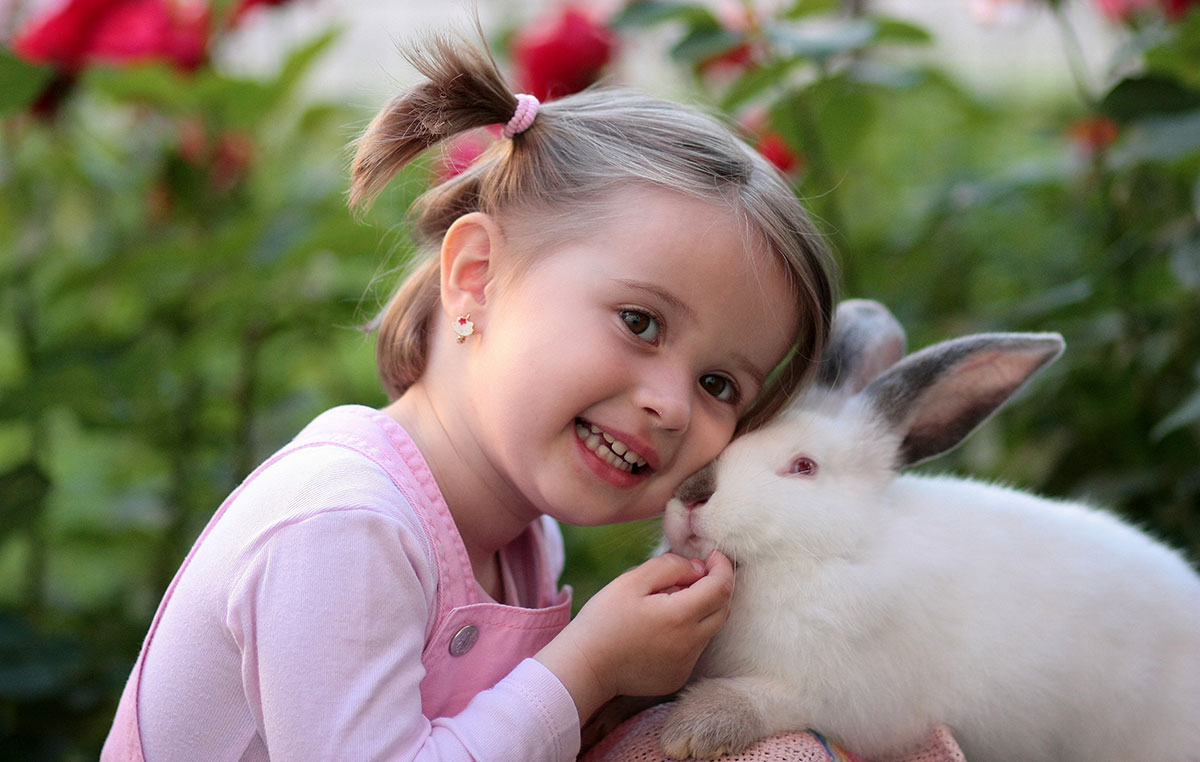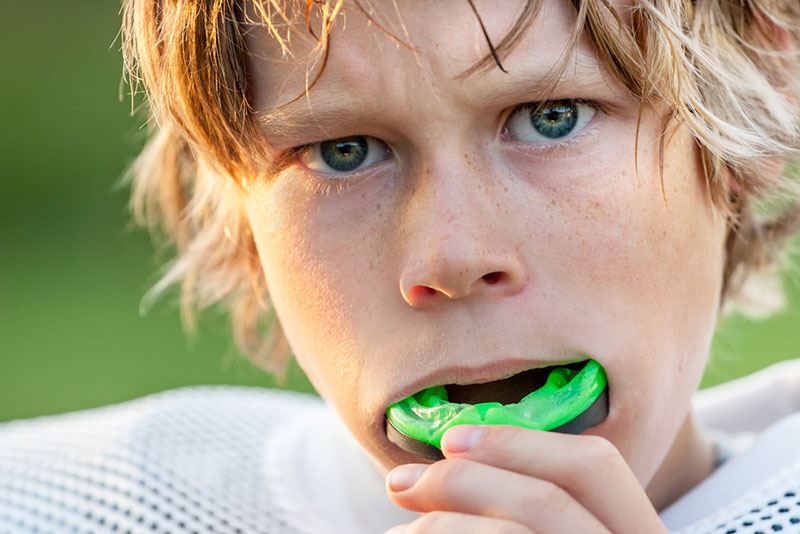

We all want the best in life for our kids — from their health and happiness, down to their self-esteem and confidence. For many of us, children and adults alike, that confidence starts with a smile. After all, studies show that having straight teeth improves happiness and overall quality of life. When a child first see an orthodontist early in life, it can streamline the process.
While most of us seem to associate braces and other orthodontic treatments with the awkward pre-teen and teenage years, in reality your child should have his or her first visit with an orthodontist well before high school. Your child’s teeth might look fine to the untrained eye, but an orthodontist has the expertise to detect bite and jaw issues in patients from an early age.
The doctors at Kids Mile High Pediatric Dentistry are your go-to orthodontists for kids in Denver. Offering pediatric dentistry and orthodontics in Central Park, Englewood and Thornton, we’re committed to helping your little ones put their best smile forward. If you’ve ever wondered if your child needs to see an orthodontist, here’s when to book your child for their first appointment with an orthodontist and why early orthodontic treatment is worthwhile.
What’s the right age to take my child to an orthodontist?
You might be thinking, “My child’s teeth are straight and she’s not having any pain — so why should I take her to see an orthodontist?” The answer is because there may be underlying issues that only an orthodontist can see. The best time for your child’s first orthodontic visit is at seven years old. This doesn’t mean your second grader is going to walk out of her first appointment with a mouth full of braces, but the sooner we have an idea of how your child’s teeth are developing, the better off he or she will be.
Orthodontic treatment is meant to complement your child’s growth by managing existing problems and preventing further issues from occurring. Orthodontic treatment is most effective when timed strategically alongside your child’s ongoing development. Intervening at the appropriate time can make a world of difference in your child’s teenage and adult years.
Dr. Owens, Dr. Paddy and Dr. Roger are trained to assess and identify bite issues early on, even when your child still has baby teeth. By the age of seven, your child’s mouth has developed enough to detect potential problems and determine whether early orthodontic treatment is necessary. Early diagnosis is the best way to prevent orthodontic problems in adulthood, so if your kiddo is nearing their seventh birthday, call your pediatric dentist in Denver to book an appointment.
What happens at my child’s first orthodontic appointment?
The goal of the first appointment is to determine if treatment is needed and, if so, the appropriate time for optimum results. A thorough clinical examination is given. Photographs and x-rays of the teeth and mouth will be taken. The orthodontist will give a diagnosis, explain any orthodontic problems and recommend a course of action.
The outcome can vary; your child’s teeth may still be developing and a recommendation for a recheck visit in six months may be indicated. Similarly, the orthodontist may feel your child would benefit from early interceptive orthodontic treatment.
Interceptive orthodontics refers to any orthodontic treatment that seeks to fix problems before they have a chance to fully develop. Through the use of fixed or removable devices, such as spacers or retainers, these treatments guide dental and facial development for optimal health and appearance. Interceptive orthodontic treatment is not right for everyone, but it may lessen the need for more extensive intervention in the future. That’s why it’s so important to get an assessment early on.
What are the benefits of early orthodontic treatment?
There are a number of issues that may come to light at your child’s first orthodontic appointment: misaligned jaw, tooth crowding, or habit-based problems like thumb sucking or teeth grinding. All of these issues can be fixed with interceptive orthodontics, but this requires early assessment. Getting a head start now can have significant benefits for your child’s health and happiness.
At seven years old, your child’s jaw is still developing — interceptive orthodontics uses this to its advantage. For example, it’s easier to correct problems like crowding before your child’s adult teeth have come in. Likewise, jaw alignment issues are easier to address when the jaw has not yet settled into its final position. If Dr. Paddy, Dr. Castro or Dr. Roger recommend interceptive orthodontics, there’s no need to stress. They only want to help your child and stop issues from developing any further. Remember: a little treatment now usually means less invasive and less lengthy treatment down the line.
An early diagnosis can also help parents prepare financially for the cost of further orthodontic treatment like braces. At our pediatric dentistry office in Thornton, we are happy to accept Medicaid for medically necessary orthodontic treatment. If you’d like more information, please contact us to chat.
How does interceptive orthodontics work?
Orthodontic treatment typically happens in two phases. Interceptive orthodontics is also referred to as Phase 1 orthodontic treatment. During this phase, Dr. Paddy, Dr. Roger or Dr.Owens will correct any negative oral habits (like thumb sucking), guide the development and alignment of the jaw, and support the proper positioning of incoming adult teeth. The goal of Phase 1 orthodontic treatment is to set the foundation for a beautiful, healthy smile for your child.
Here are some common conditions that interceptive orthodontics can treat:
- Teeth crowding
- Overbites and underbites
- Jaw irregularities
- Crossbite, deep bite and open bite
- Narrow dental arches, caused by thumb sucking or pacifier use
- Missing teeth
- Protruding teeth
While Phase 1 interception significantly reduces the need for further treatment, it typically is not enough to fully correct dental problems on its own. In most cases, Phase 2 is required to complete your child’s orthodontic treatment. Phase 2 treatment refers to the normal orthodontic treatment you’d expect for your pre-teen or teenager. This is when your child would receive braces, if needed, to shift adult teeth into their desired final position. The necessity for and length of Phase 2 depends on your child’s unique situation and if they’ve previously received Phase 1 orthodontic treatment.
Adolescence is a pivotal time of life that comes with its own set of challenges. It’s hard enough without being self-conscious about your teeth. Our role as pediatric dentists in Denver is to give your kids the opportunity to grow up proud to show off their smiles. Ready to book your child in to see an orthodontist for his or her first time? Visit Kids Mile High Pediatric Dentistry in Central Park, Englewood or Thornton. We’d be happy to answer any questions you have about your child’s dental health.












